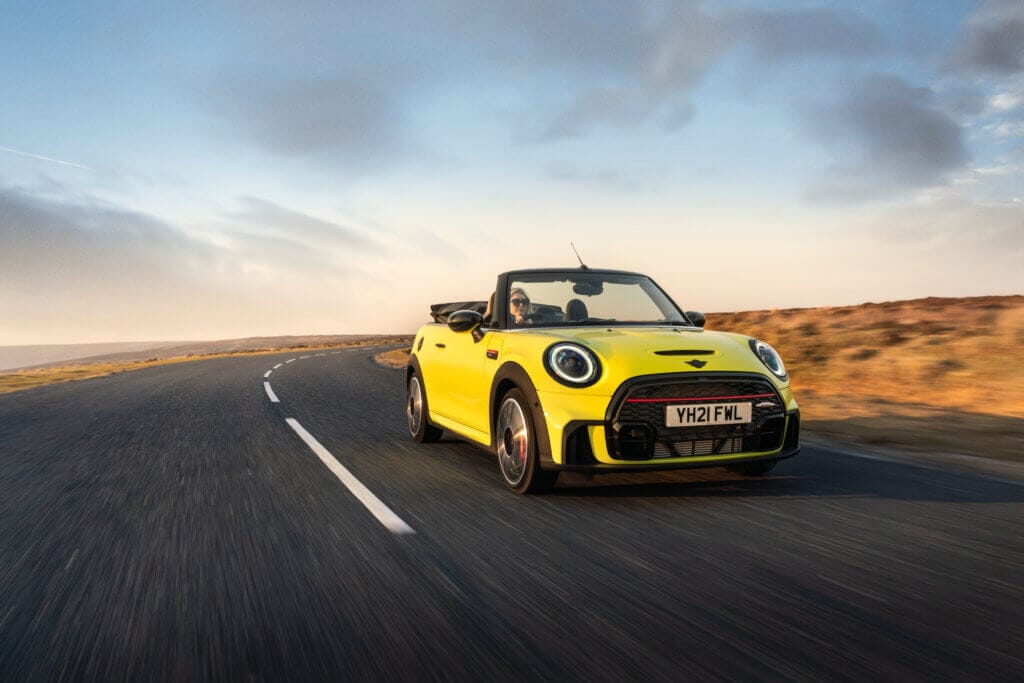20mph speed limit on restricted Welsh roads
Holidaymakers heading to Wales this year will need to be aware of the new 20mph speed limit enforced on restricted roads across the country.
The change came into force last September and applies to residential and built-up areas known as restricted roads. These locations can usually be identified by the presence of street lights placed no more than 200 yards apart.
Oxford 20mph scheme
Holidaymakers who are planning on driving through or around Oxfordshire need to be aware that the council are trialling 20mph restrictions across a number of towns and parishes.
The trials are still in the early stages with areas still being introduced and removed from the list. Drivers can check what areas are currently affected by the 20mph limit project.
New Scottish Low Emission Zones (LEZs)
Glasgow introduced its LEZ last year and in May and June of this year, Aberdeen, Dundee, and Edinburgh followed suit rolling out their own LEZ.
What is a LEZ?
Low Emission Zones prohibit the most polluting vehicles from entering an area to improve air quality for residents. They operate 24 hours a day, seven days a week, including bank holidays and public holidays. Those who have bought a used car in London will be well aware of this already.
A LEZ identifies which vehicles are not compliant by using Automatic Number Plate Recognition (ANPR) cameras to check local and national vehicle licensing databases.
The Scottish LEZ is enforced by Penalty Charge Notice (PCN), and there is no option to prepay for a vehicle. Only vehicles that meet the set-out Euro Emissions Standards can drive in these zones, non-compliant models should not enter the area and will face a fine if they do.
The minimum criteria to access LEZ in Aberdeen, Dundee, Edinburgh, and Glasgow are Euro 4 for petrol cars and vans, Euro 6 for diesel cars and vans and Euro VI for buses, coaches and HGVs.
Glasgow City Council outline that the vehicles allowed under LEZ are generally:
- Diesel engine vehicles registered after September 2015
- Petrol vehicles registered from 2006 onwards
- Buses and HGVs registered from 2013
If you’re planning a staycation in Scotland this year you can check if your vehicle is compliant before you set off.
What charges will non-compliant vehicles pay?
Non-compliant vehicles driving through Aberdeen, Dundee, Edinburgh and Glasgow city centres will receive a penalty charge notice (PCN).
Initial charges are set at £60 per vehicle, reduced by 50% if paid within 14 days. Penalties will double with each following breach, with charges capped at £480 for cars and LGVs and £960 for minibuses, buses, coaches and HGVs.
Driving in flip-flops, sliders or barefoot
As the weather heats up, many of us will opt for more breathable footwear, but driving in flip-flops or sliders could see drivers slapped with a heavy fine. That’s because, rule 97 of the highway code states you should wear clothing and footwear that ‘do not prevent you using the controls in the correct manner’. As a result, wearing your summer kicks could be classed as driving without due care and attention. This offence carries a £100 on-the-spot fine and three penalty points on your licence.
The Driving Standards Agency (DSA) guidelines on footwear include guidance on shoes providing enough grip to stop feet sliding off pedals and being narrow enough to prevent accidentally pressing two pedals at once. Drivers are also warned not to drive barefoot in a bid to avoid driving in summer footwear.
Wearing sunglasses that are too dark
While drivers are encouraged to use sunglasses to prevent sun glare, wearing glasses that are too dark can hinder a motorist’s vision – leaving them at risk of a driving fine and penalty points. Drivers who wear sunglasses which negatively impact their vision will be in breach of two rules within the highway code. Rule 97 as outlined above, as well as Rule 237 which states drivers should slow down or pull over if ‘dazzled by bright sunlight’.
While the majority of sunglasses will protect a drivers’ eyes from the sun, there are shades on the market which don’t. Motorists who wear unsuitable sunglasses put themselves at risk of a £100 on-the-spot fine and three points on their driving licence.
Khuram Sarwar, Dispensing Optician at Feel Good Contacts, provides further insight, sharing:
“Glare while driving can be dangerous. It can cause discomfort, hindering your vision and preventing you from focusing on the road. While drivers are encouraged to wear sunglasses to prevent sun glare, not all sunglasses are suitable for driving.
“Special attention should be paid to the tint numbers (ranked from one to four), ‘category four’ being the darkest category of sunglasses. This category is not suitable for driving as dark tinted lenses can reduce visibility. Similarly, polarised lenses can make it difficult to read LED screens whilst driving.
“Gradient sunglasses are an excellent choice as the darker part helps with the glare, while the lighter part allows you to navigate the dashboard. It is also important to consider sunglasses that do not impair your peripheral vision; avoid broad-armed or oversized sunglasses for a clear and safe drive.”











